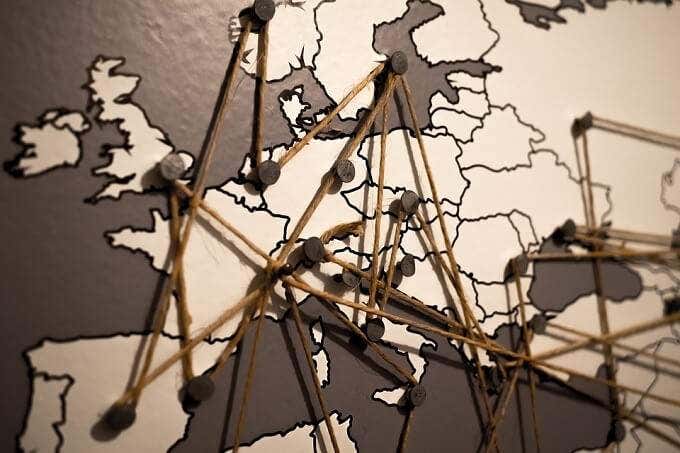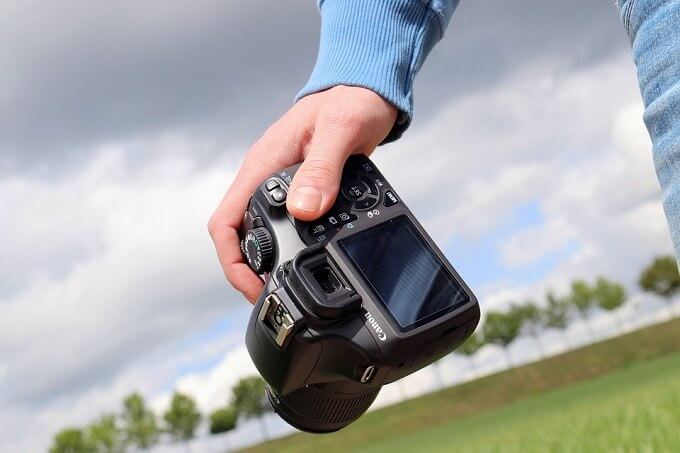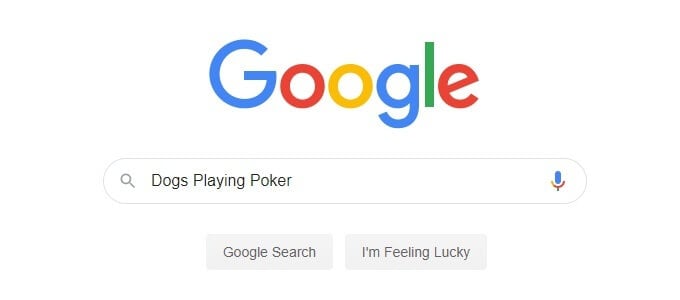While there’s no 100% guarantee you’ll ever figure it out, there are a few things you can try to suss out the origins of your mystery snap.Also, be sure to check out our YouTube channel where we posted a short video that goes through some of the stuff we talk about in this article.
EXIF Data Is Always The First Stop
EXIF data is a form of metadata that can be found in some JPEG and TIFF images. If the camera which took the picture has a GPS unit, then it will tag the image with the GPS coordinates of where the image was taken as part of that EXIF data.Armed with these coordinates, all you have to do is put them into Google Maps, which will of course tell you where the photographer was standing when the photo was taken.If that sounds too easy, that’s because it is. You’ll often find that a given image has no EXIF data at all. Despite the fact that smartphones are the most common source of photos and all have GPS sensors in them, popular services such as Facebook and Twitter strip EXIF data from images specifically to prevent privacy violations. So if your image is sourced from them this is going to be a dead end.Incidentally, check out our article on how to remove EXIF data yourself, which also happens to show you how to view that data in the process. Alternatively, you can use an online EXIF viewer.
Search GPS Coordinates On Google Map/Street View
While finding the GPS coordinates is easy enough, you need to plug them into a map system in order to find the exact location. The good news is that Google Maps actually supports raw GPS coordinates. Google has excellent instructions on how to do it, what format it should be in and how the method varies from one platform to the next. Just remember that GPS coordinates are not precise, at least not on civilian systems. So it may be out by a few meters.So, if possible, activate Street View for the location in question and then look around to see if you can find the same spot the picture was taken from. Of course, if the location is indoors or somewhere that the Street View team can’t reach, this won’t help much.
Reverse Image Search Can Give You Context
There are various reverse image search services on the internet that use various fancy ways to find where on the net the source image can be found. That doesn’t necessarily tell you directly where the photo was taken, but if you are lucky it will lead you to additional information about the image. For example, you may find tags, captions or contact information for those who run a site. Those data sources can then solve the mystery of where the photo was taken. Maybe.If you’re looking for good tools to find where a picture was taken like this, we suggest either Google or TinEye.
Convert The Image Into Search Terms
Reverse image search doesn’t always do a good job, but that doesn’t mean all hope is lost when trying to find the original source of an image. Look at your image and try to come up with search terms that describe it. Then put these terms into Google and switch over to the image results section. If you’re lucky then you’ll get your original image in the results, given that it’s on the web in the first place. If you don’t strike gold right away, get imaginative with your keywords and try different iterations. Sometimes the keywords that get you to the image you wanted may be a little left of field.
Check For Landmarks Or Other Clues
If the above methods don’t get you any closer to finding where a picture was taken, it might be time to put your serious detective hat on. Look carefully at the image for things that tie it to a specific time and place. By looking at clothing, objects, fashion and other relevant details of the image.Look up these individual items on Google to learn where they come from or any other information that could help pin a photo’s origin. You can also use this method to get additional keywords for the previous method. At the very least this bit of basic sleuthing can narrow down the location to a specific country, region or city. Brand names, for example, can be very specific to particular places.
Ask The Internet For Help
If you’ve exhausted the easier methods of figuring out where a photo comes from, then there’s no shame in asking other people for help. Twitter, Facebook, forums and other places where people gather online.Of course, you can’t just shout into the ether and hope someone gets back to you. The content of your image and your reasons for wanting the location will determine where you go for help. For example, if you know that an image was taken in Japan, but not where in Japan it was taken, you may post a question in a group that specialized in Japanese geography or tourism. If you have a photo of an event or, for example, a band, you’ll want to post a question in a fan group. Basically, as for help among people who are likely to know the answer.
Elementary, My Dear Watson?
Finding the origin of a photo and determining where it was taken can be quick and easy or an exercise in extreme frustration. This means that at some point in your hunt you’ll have to think carefully how important it is to solve the puzzle. If it’s just a matter of casual curiosity then it’s hardly worth scouring the internet for an answer. If however it’s really important, then the most important tip we can give you is to be patient. While you may not find the answers today, the web is always in flux. Information is being added all the time, so even if the photo is obscure or seemingly a total mystery, if you keep checking every now and then, the truth may finally be revealed.






![]()